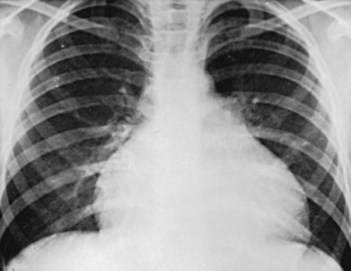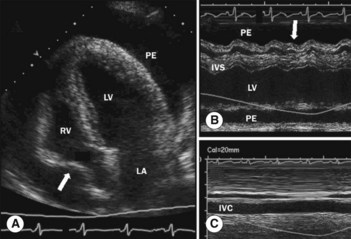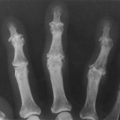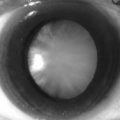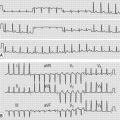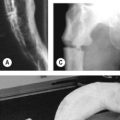33 Pericardial rub
Salient features
Examination
• Scratching and grating sound heard best with the diaphragm at the left sternal border, with the patient leaning forward and the breath held in expiration.
• Tell the examiner that you would like to do an ECG (Fig. 33.1), see a chest radiography (Fig. 33.2) and echocardiogram (Fig. 33.3).
Advanced-level questions
What are the characteristic electrocardiographic findings?
• ST elevation in most ECG leads with the concavity upwards.
• T wave inversion occurs after the ST segment returns to baseline (unlike in acute myocardial infarction where the ST segment is concave downwards like a cat’s back and there is some amount of T wave inversion accompanying the ST elevation).
• PR-segment depression (caused by inflammation of the atrial wall).
What is the treatment for acute pericarditis?
• Pain relief (codeine) and NSAIDs (e.g. indometacin)
• Steroids should be considered only when the pain does not respond to a combination of NSAIDs
• Treatment of the underlying cause
• Treatment of pain: colchicine has been used to treat recurrent pain of pericarditis; rarely pericardiectomy may be required for pain even in the setting of no haemodynamic impairment.


